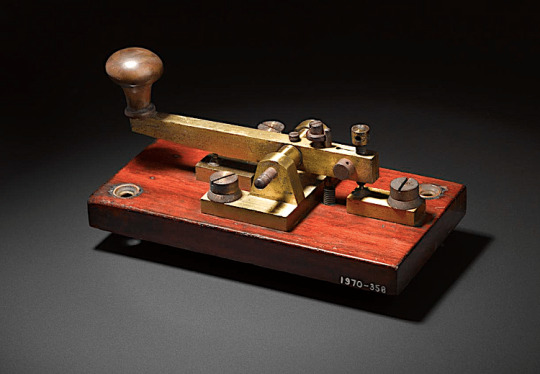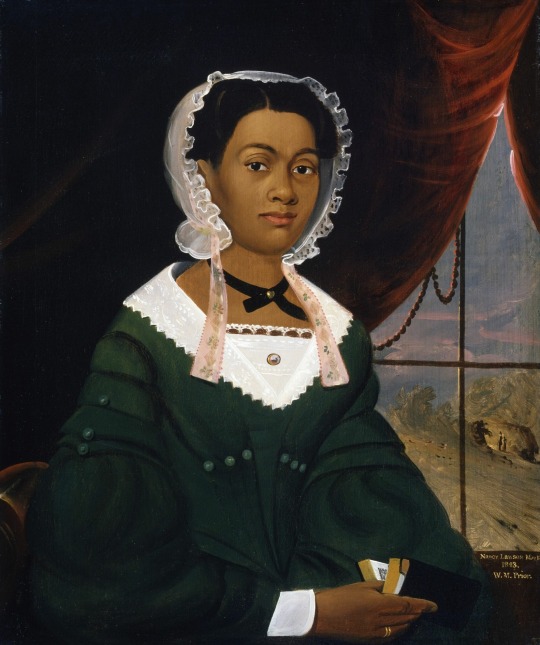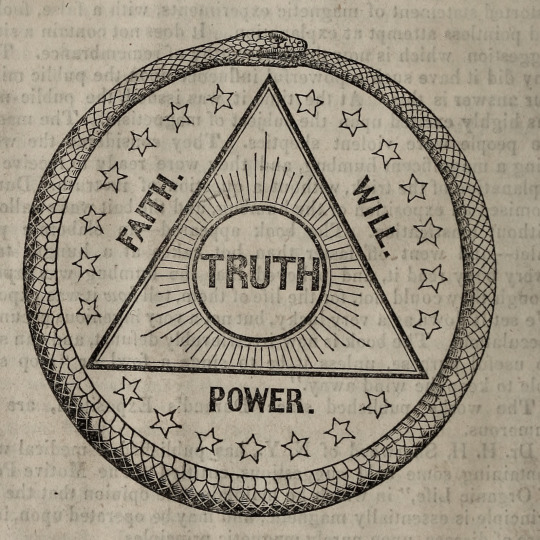#1843
Explore tagged Tumblr posts
Photo

Electrical Telegraph
The Electrical Telegraph was invented in 1837 by William Fothergill Cook (1806-1879) and Charles Wheatstone (1802-1875) in England with parallel innovations being made by Samuel Morse (1791-1872) in the United States. The telegraph, once wires and undersea cables had connected countries and continents, transformed communications so that messages could be sent and received anywhere in just minutes.
Telegraph Pioneers
The idea of sending signals from one distant place to another has been in use since antiquity, notably with towers using fire beacons. Ships have long used a system of flags (semaphore) to communicate beyond shouting distance. These methods, though, were limited to only very important communications, for more mundane messages people had to use horse-riding messengers that could take several days or even weeks to reach their intended recipient.
The Italian Alexander Volta (1745-1827) invented the electric battery in 1800, necessary for a telegraph machine to be operated anywhere. Then the Danish physicist Hans Christian Ørsted (1777-1851) created the first electromagnet in 1825. Ørsted's discovery that an electrical current flowing in a conductor can create a magnetic field – which he noted when observing the effect on a magnetic compass on his desk – was crucial to the telegraph machine since this was the answer to the problem of how to make electrical impulses visible in the form of a moving needle. The French physicist André-Marie Ampère (1775-1836) worked to create a theory that explained the relationship between an electrical current and magnetism. The first electric motor was developed by the Englishman Michael Faraday (1791-1867) in 1821. With all of these scientific discoveries put together, inventors now had the theoretical means to send electrical impulses through a wire and then see the effect at the other end. The trick was just how to create a working machine capable of sending and receiving these impulses over long distances and a code by which such impulses could be transformed into words.
Continue reading...
188 notes
·
View notes
Text


The Ghost of Christmas Present and The Ghost of Christmas Yet to Come - art by John Leech (1843)
#john leech#a christmas carol#charles dickens#ebenezer scrooge#christmas art#christmas stories#book illustrations#fantasy art#ghost of christmas present#ghost of christmas yet to come#19th century art#1843
200 notes
·
View notes
Text

submitted by @edwardian-girl-next-door 🤍🖤🤎
#historical fashion poll submission#historical fashion polls#fashion poll#historical dress#historical fashion#dress history#fashion history#fashion plate#19th century#19th century fashion#19th century dress#mid 19th century#circa 1840#1840s fashion#1840s#1843#skirt#trousers
115 notes
·
View notes
Text

~ Hints on Etiquette and The Usages of Society; With a Glance at Bad Habits, by Charles Wm. Day, 1843
#don't gnaw your corn#vintage advice#vintage etiquette#Charles Wm. Day#1843#Hints on Etiquette and The Usages of Society#1800s
58 notes
·
View notes
Text

Nancy Foy Lawson by William Matthew Prior, 1843
#1843#1840s#history#historical#fashion#fashion history#historical fashion#victorian#victorian era#victorian fashion#victorian aesthetic#victorian art#1840s fashion#history tag#1800s dress#1800s#1800s fashion#1800s art#1800s aesthetic#dress#19th century#19th century fashion#19th century art#19th century dress#antique#antiquebee
347 notes
·
View notes
Text

La Mode, 25 décembre 1843, Paris. Chapeau de Lemonnier-Pelvey. Fleurs de Constantin. Dentelles de Violard. Etoffes de robes de Gagelin. Mouchoir de Chapron et Cie. Ameublement de Maigret. Envois divers de la Maison de Commission Lassalle, 28 rue Taitbout. Digital Collections of the Los Angeles Public Library
#La Mode#19th century#1840s#1843#on this day#December 25#periodical#fashion#fashion plate#color#lapl#dress#cape#bonnet
72 notes
·
View notes
Text

Le Follet, 1843 🩵
#Le Follet#1843#1840s#1840s dress#1840s fashion#bonnet#blue dress#Victorian#Victoriana#Victorian fashion#Victorian dress#Victorian style#Victorian era#Victorian art#Victorian girl#Victorian woman#Fashion#Fashion plate#Fashion sketch#Fashion illustration#Fashion history#Historical fashion#Historical clothing#Dress history#Vintage dress#Vintage fashion#Antique dress#Antique fashion#Antique clothing#19th century
89 notes
·
View notes
Text

An uroboros circles the words faith, power, will and truth. The history and philosophy of animal magnetism. 1843.
Internet Archive
482 notes
·
View notes
Text
Description of the uniforms of the Royal Navy from 1843
There is a large list behind it, so take a look at the link.
50 notes
·
View notes
Text


#png#transparent#mammal#canine#equine#dog#horse#Albrecht Adam#1800s#1843#Horses at the porch#oil painting#dead animal#(the pheasant on the saddle)
27 notes
·
View notes
Text

Wesleyan Chapel, Camborne, Cornwall /Kernow
26 notes
·
View notes
Photo

Søren Kierkegaard
Søren Kierkegaard (1813-1855) was a Danish philosopher and is considered to be the first existentialist, influencing such notable philosophers as Jean-Paul Sartre (1905-1980) and Martin Heidegger (1889-1976). His works are a reflection of alienation, angst, and absurdity, and include Either/Or (1843), Fear and Trembling (1843), and The Concept of Anxiety (1844).
He was embraced by his fellow existentialists for his belief in the importance of the individual against an apathetic, hostile society. However, unlike other existentialists, his body of philosophical works has a strong theological vein. Denise Despeyroux, in her book The Philosophers, wrote that Søren's life was filled with painful experiences, which colored his works – works that displayed "great dramatic and poetic power. They are filled with parables, aphorisms, fictitious letters and diaries as well pseudonymous and fictitious characters" (110). She added that his struggles with religious questions served as a "potent stimulus" for other writers and thinkers of his generation.
Birth & Education
Søren Kierkegaard was born on 5 May 1813 in Copenhagen, Denmark, to an affluent family as the youngest of seven children. His father, Michael Kierkegaard, was a successful businessman, while his mother, Ane Sørensdatter Lund, had been the one-time maid of Michael's first wife. Søren claimed his father was the most influential figure in his life. Unfortunately, he suffered terribly from anxiety and inner turmoil, and this Søren 'inherited' from his father. Michael was deeply religious, a member of a pietistic form of Lutheranism, and was convinced that because of his past sins – he had once cursed God – none of his children would live past the age of 33, the age of Jesus Christ when he was crucified. Coincidentally, five of Søren's brothers and sisters, as well as his mother Ane, would die before Søren turned 21. Only Søren and his brother Peter survived. To Michael, it was a sign of divine retribution. According to Jeremy Stangroom in his The Great Philosophers, Søren maintained that his childhood was "insane" and "he had come into the world as the result of a crime" (100). Regrettably for Søren, his father passed on his "pessimistic and gloomy religious outlook to his son" (ibid).
Despite a chaotic childhood, his education was "surprisingly normal," attending a distinguished private school – the Borgedydskolen – where he was considered an outsider, "lonely, aloof, and intellectually the superior to his classmates" (ibid). Hoping to become a pastor as his father had suggested, at the age of 17, he entered the University of Copenhagen, where he studied theology, philosophy, and literature. In 1838, while he was attending university, his father died, leaving him with a large inheritance. After graduating in 1840, he began the life of an independent thinker and writer, but it would be a life consumed by inner torment and angst, evident throughout his writings.
Shortly after graduating, he made the mistake of getting engaged to Regine Olson, ten years his junior. He regretted the engagement the moment it was made. One year later, in 1841, he broke off the engagement, believing that his melancholic temperament made him unsuitable for marriage and he considered her to be intellectually incompatible. The affair with Regine had a lasting effect on Søren and would appear in both his journals and other works. Free from an unwanted engagement and with a large inheritance, he was free to begin a career as a writer. Oddly, throughout his life, he only left Copenhagen three times, spending most of his free time walking the streets of the city or attending the theater.
Continue reading...
22 notes
·
View notes
Text

34 notes
·
View notes
Text

submitted by @edwardian-girl-next-door 💚💜
#historical fashion poll submission#historical fashion polls#fashion poll#historical dress#historical fashion#dress history#fashion history#fashion plate#19th century#19th century fashion#19th century dress#mid 19th century#circa 1840#1840s fashion#1840s#1843#skirt
82 notes
·
View notes
Text

Caroline Stelzner (1808 - 1875), 1843
#1843#1840s#history#historical#fashion history#fashion#historical fashion#1800s#victorian#victorian era#victorian fashion#victorian aesthetic#1840s fashion#1800s fashion#1800s photography#black and white#history tag#vintage photos#antique#19th century#19th century fashion#vintage#vintage fashion#antiquebee
326 notes
·
View notes
Text

La Mode, 5 décembre 1843, Paris. Chapeaux de Lemonnier Pelvey. Caftan garni de fourrures. Plumes de Zacharie. Etoffes de robes du Pavillon de Hanovre. Dentelles de Violard. Gants de Mayer. Chaussures de Beaudrand, 348 St. Honoré. Porcelaines de Laboche-Boin. Meubles de Maigret. envois divers de la Maison de Commission Lassalle, 28 rue Taitbout. Digital Collections of the Los Angeles Public Library
#La Mode#19th century#1840s#1843#on this day#December 5#periodical#fashion#fashion plate#color#lapl#dress#coat#cape#bonnet
51 notes
·
View notes